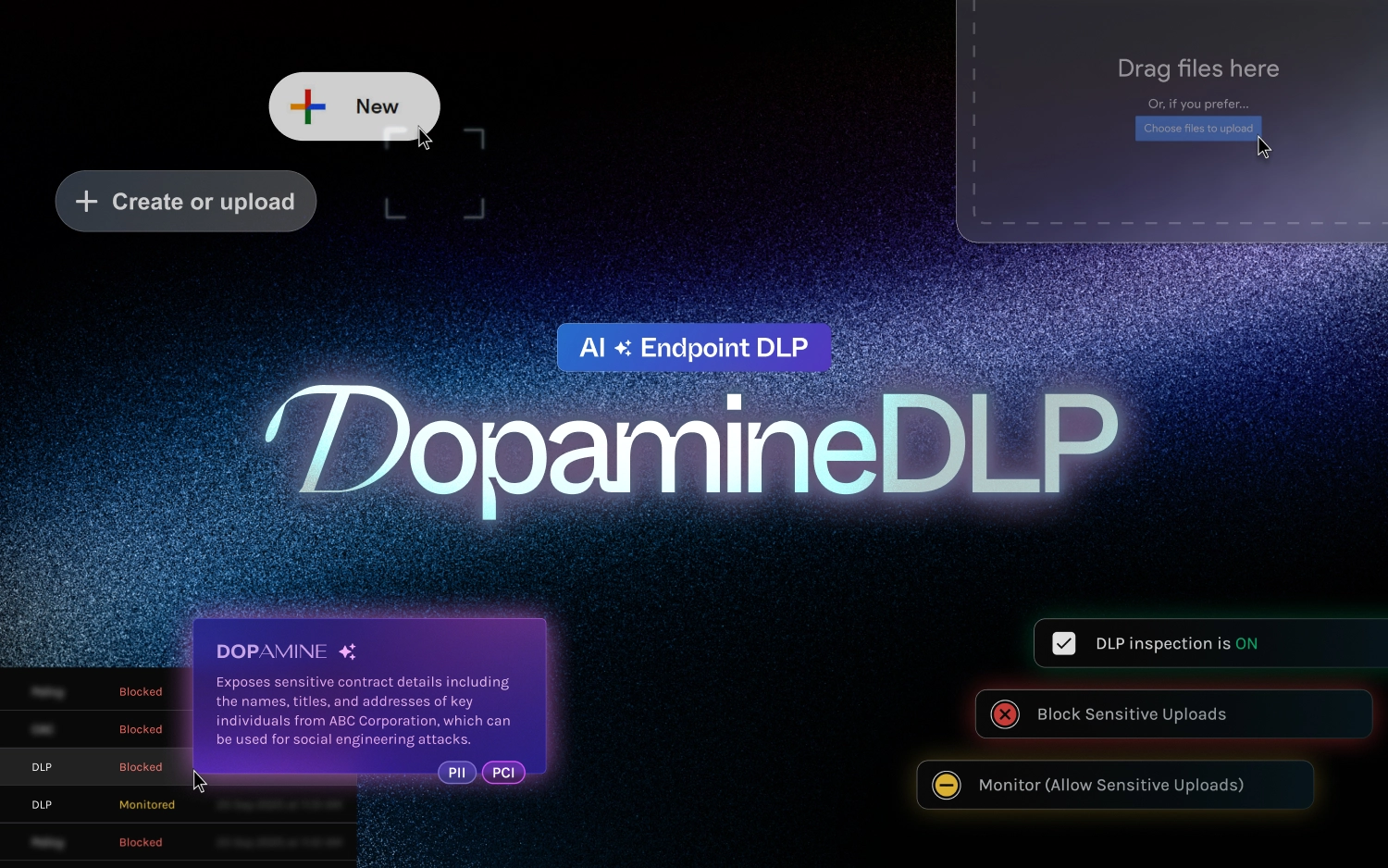Secure Web Gateway Market Trends 2025 → 2030

Why Fly-Direct from dope.security Is Overtaking Cloud-Proxy SWGs
The secure-web-gateway market is anything but dead. New research from Mordor Intelligence pegs the segment at US $16.9 billion in 2025 and US $47.8 billion by 2030, a 23% CAGR.1
Inside that explosive growth, however, budgets are quietly considering moving away from cloud proxy POPs and toward endpoint-native SWGs such as dope.security’s Fly-Direct platform.
1. The hard data—dollars and demand
Market momentum
Every analyst that tracks SWG agrees on double-digit growth; Mordor Intelligence is most bullish at 23% through 2030.
SASE tail-wind
Single-vendor SASE (the bundle that always includes an SWG) is forecast to grow 27% a year through 2029.2
Remote reality
Gallup’s latest hybrid-work tracker shows 51% of remote-capable employees now split time between home and office, with another 28% fully remote.3 Robert Half adds that 4 in 10 open roles advertise some remote option. Every one of those endpoints needs always-on web security—no matter what network they’re on.4
2. Two forces influencing buyers
Hybrid work won’t tolerate backhauling
When users are on at home wifi or 5G, sending every packet to a distant data center feels like dial-up. Fly-Direct from dope.security runs the full SWG stack on the laptop itself, policy checks and enforcement happen locally and latency never strays more than a few milliseconds above raw Internet RTT.
Proxy outages are no longer a shrug-and-move-on event
StatusGator logged “warning” states for multiple Zscaler POPs including full outages in recent months. Architecturally, dope.security simply can’t suffer the same fate—there is no data center to fail. And if the dope.cloud is unreachable, policies are cached locally on each device so the user remains protected.
3. What “endpoint-native SWG” looks like in practice
Local TLS termination
Certificates stay on the device; decrypted data never leaves the user’s control—ideal for GDPR and CJIS headaches.
Policy sync out-of-band
If the control plane disappears, the last-known rules still enforce.
Horizontal performance
Add a laptop, add throughput—no tunnel capacity planning.
Zero new hops
Inspection happens on the device. The request is then routed to the end internet destination if it passes the policy.
dope.security’s Fly-Direct is the flagship of this model: a light agent that installs silently, decrypts at line speed, and delivers a blazing fast internet speed without sacrificing security.
4. Why customers are switching—two quick stories
An American manufacturer replaced DNS-only filtering with dope.security’s Fly-Direct SWG. Phishing-simulation click-throughs fell from 11% to 4.6% in 48 hours, all without adding a single proxy PAC file.
A mid size insurance company ran Fly-Direct alongside its legacy cloud SWG. When the cloud proxy went dark due to data center outages, users on dope.security kept working—latency never breached 45 ms—while tunnelled colleagues lost Teams and OneDrive for nearly four hours.
5. What security leaders should do now
Measure UX debt
If your SWG path adds more than 150 ms, users are either bypassing it or cursing you. If your SWG deployments are taking months, your admin is cursing you too.
Pilot Fly-Direct in parallel
A silent Intune push to 50 devices that are then healthy and enforcing policy immediately shows the latency delta—and the phishing catches—in a single day.
Budget for convergence
Land the SWG first; turn on DLP in a single click to start uncovering risky file sharing behaviors.
Take credit for savings
Customers typically recoup license and bandwidth costs in under six months with dope.security—numbers that make CFOs nod.
The Takeaway
Secure Web Gateway buying hasn’t just rebounded, it’s being re-imagined. The future is inspection on the endpoint, not detours through someone else’s POP. dope.security and the Fly-Direct SWG sits at that inflection point, delivering full-stack protection, near-zero latency, and an uptime record a stopover proxy can’t touch.











